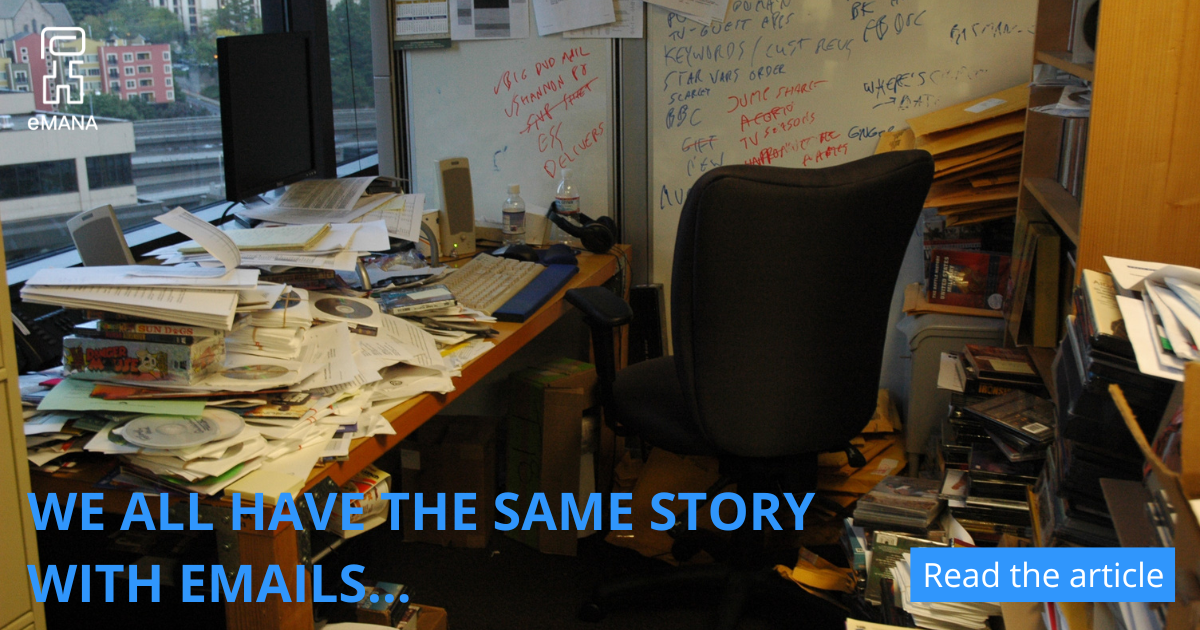If you ask around, you will hear the same stories. Email is such a part of our lives that few people don’t have an email account or aren’t interested in having one. And even though it remains a personal thing, it is quite revealing to see how we almost all have the same life with emails.
The first email account
It starts there. We create a first email account (from the earliest to the most well-known today, depending on our age…) and pretty soon, this mailbox is overloaded with emails, spammed, and mixed with different activities…
How did all this happen? We can’t really identify a moment when the mess started. Too many newsletter subscriptions? Too much spam? Not enough sorting? Probably a bit of everything.
But we all have this old email account that we don’t really look at anymore and that we occasionally fill out to sign up for sites, thinking « it’s no big deal if I receive emails, I don’t look at them anyway. »
Duplicate to get by
To avoid continuing to have this feeling of a « messy room, » we create a second email account. And this one will be « only for one specific activity. » No useless newsletters, no light topics: the goal is to have something clean.
But strangely, a few months later, the same phenomenon occurs. We have an inbox with dozens (or even hundreds) of unread emails because we don’t even take the time to read them. We know that these emails are of no use, so why waste time?
While this situation may be inconvenient but acceptable for our personal emails, imagine the same phenomenon for professional emails. Especially if we work for ourselves and have to manage multiple email addresses…
We could create new email accounts like this every time it becomes unmanageable, but that’s not a solution.
This is where eMANA comes in with a solution! Because the problem is at the source: an email account should not be a receptacle for all kinds of emails. It should organize information at different levels of importance and only show us what requires action on our part. That’s all.
By automating the prioritization of emails based on their importance, organizing those that are processed, and securing the environment from any potential spam, the mess doesn’t happen. The room is constantly tidy, without even having to do it ourselves.
To try eMANA for free for 1 month, let us know in this form.


